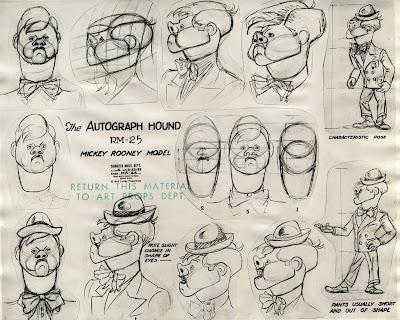This has nothing to do with animation, so skip it if you like. There was a time when Hollywood movies were treated as nothing more than commercial entertainment. (Sound familar?) They were a product, not an art form. In the years after World War II in France, a group of cineastes started looking hard at Hollywood films. Perhaps, due to their cultural background or perhaps due to their lack of English skills, they saw things in Hollywood films that no one had bothered to notice. They formed a magazine called Cahiers du Cinema and many of them, besides being critics, grew to become film makers. Some of you will be familiar with the names Francois Truffaut, Jean-Luc Godard, Eric Rohmer, Claude Chabrol, Jacques Rivette and others of their generation. Collectively, they were known as the Nouvelle Vague , the French New Wave. Critically, they championed what they referred to as Les Politiques des Auteurs . They saw directors as the ones who shaped what was on screen and noticed recu



